 by Sabrblade » Tue Nov 09, 2010 2:59 pm
by Sabrblade » Tue Nov 09, 2010 2:59 pm
- Motto: "Can't do a job halfway. What's worth doing is worth doing well, I say."
- Weapon: Saber Blade
Here's my take on the whole deal (apologies if I get any incorrect info in this).
In the late 1970s/early 1980s, Japanese toy company Takara had developed two different toylines that were running concurrent to each other at the time.
One was called Diaclone. Diaclone was a line of various vehicles, ranging from realistic-looking to futuristic-looking, that were able to convert into robotic forms and were each piloted by tiny human figures. The story with this line told how the Earth-based Diaclone Taskforce would pilot several transfoming mecha to do battle against a race of alien invaders known as the Waruder, who had their own mechs.
The other was Microman. Microman was something kinda like a sci-fi space version of the old G.I. Joe toyline. It consisted of mostly astronaut soldiers with chrome heads. There also existed a subline of this toyline called Micro Change, which consisted of toy robots that could change into small handheld objects like cassettes/players, guns, boomboxes, microscopes, cameras, etc.
When American toy company Hasbro took awareness of these two toylines, they requested permission from Takara to import several specific figures from both the Diaclone and Micro Change toylines. These figures, along with a select few from other Japanese non-Takara toylines, were to be rebranded with new names and identities, to be sold collectively under a new unified toyline label. And in 1984, the first 28 of these action figures were released in America and The Transformers toyline was born.
In 1983, during the development of creating this new line of toys, Hasbro had contacted American comic book company Marvel Comics with the proposal of them creating a comic book for this toyline, so as to breathe life into these characters and keep them from being merely another set of action figures. It was comic writer/editor Bob Budiansky who took upon the task of not only working on the comic book story itself, but being the one responsible for creating most of the names, bios, and personalities of the first 28 figures in the line, as well as many more to follow in proceeding years.
What started as a four issue mini-series grew on to become a full 80 issue comic book series. In the United Kingdom, because comics were released there on a weekly schedule instead of the U.S.'s monthly schedule, comic scribe Simon Furman took up the task of producing many more in-between story issues to the comic that were exclusive to the U.K. story, totaling out the number of comic issues there to be a grand number of 332 U.K. issues. Furman also took over the U.S. comic, at Budiansky's request after Budiansky's departure from the series, starting at U.S. issue #57 all the way through to the end at U.S. issue #80.
In addition to the comic book, Hasbro also sought to have an animated production created as well. Writing and distribution were handled in a joint effort by American production companies Marvel Productions and Sunbow Productions. Animation for the show was produced overseas by several Asian animation studios like Toei Animation and AKOM Productions. Like the comic book, what began as a simple three-part mini-series in 1984 expanded into a 98 episode animated series, spanning four seasons, plus a full length threatrically-released animated feature film.
Due to the growing popularity of the Transformers toyline in the West, the Diaclone and Micro Change toylines had by then died out and, in 1985, Takara decided to bring the Transformers toyline and cartoon over into Japan, where it was just as (if not more) successful. The cartoon had been split apart into two series. The first two seasons were merged and retitled as Fight! Super Robot Lifeform Transformers (Tatakae! Chō Robotto Seimeitai Transformers), while the third season became known as Fight! Super Robot Lifeform Transformers 2010 (Tatakae! Chō Robotto Seimeitai Transformers 2010).
As far as the Transformers series goes as being an anime, while the original cartoon was indeed animated by Asian companies, it is not an anime. The concept and production for the series were developed in the U.S., and it was intended for American audiences. Many Western cartoons used Asian studios to create their animation, but they are still not considered anime. A few examples of these kinds of shows would be G.I. Joe, Ninja Turtles, Batman: TAS, X-Men, Spider-Man, Tiny Toon Adventures, The Simpsons, and others.
The years 1984 and 1985 consisted solely of toy molds that originated from Japan and had each been part of the Diaclone line ,the Micro Change line, or some other Japanese toyline. However, starting in 1986, many new U.S.-produced molds had come into being. In the following years, the line was dominated by mostly the new U.S.-oringated toys molds, with only a few Japanese molds sparsely remaining... in the U.S., that is. There were still some Japanese-exclusive molds being produced, but these ones were made primarily for the Transformers line and did not originate from some pre-existing line like Diaclone or Micro Change.
"When there's gold feathers, punch behind you!!"Shadowman wrote:This is Sabrblade we're talking about. His ability to store trivial information about TV shows is downright superhuman.
Caelus wrote:My wife pointed out something interesting about the prehistoric Predacons. I said that everyone was complaining because transforming for them mostly consisted of them just standing up-right. She essentially said, 'So? That's what our ancestors did.'
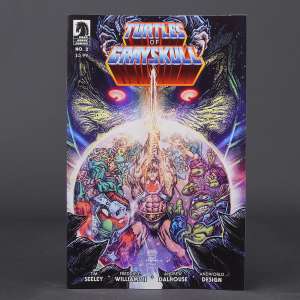
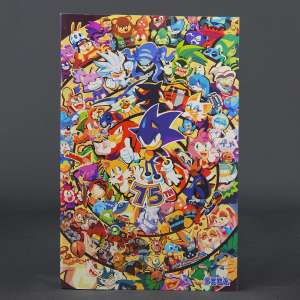
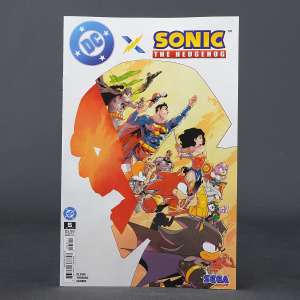

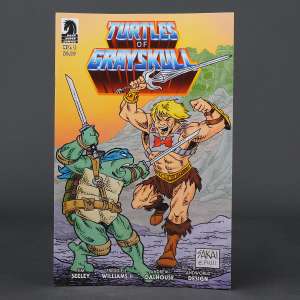
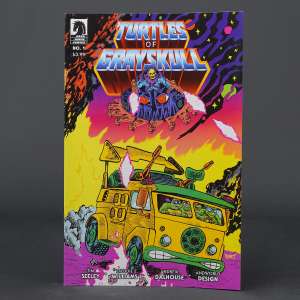
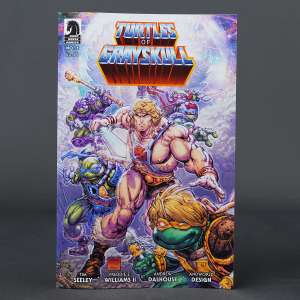
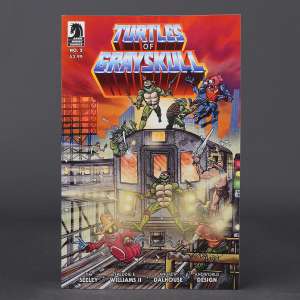

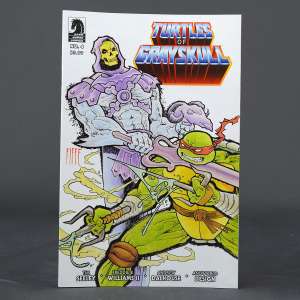
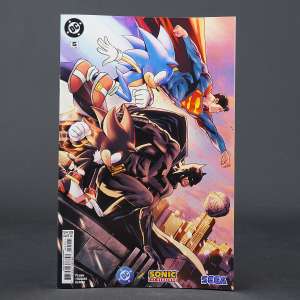
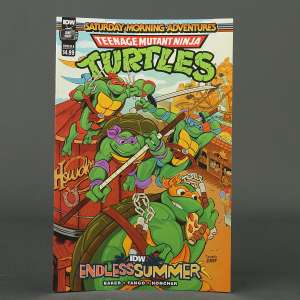
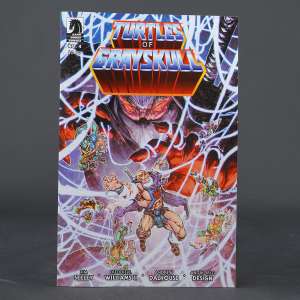

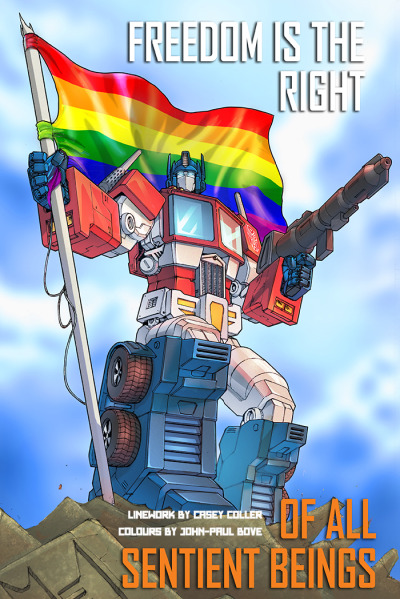
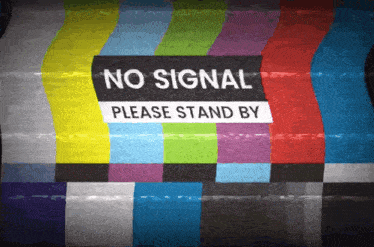 [ Click to attempt signal recovery... ]
[ Click to attempt signal recovery... ]













